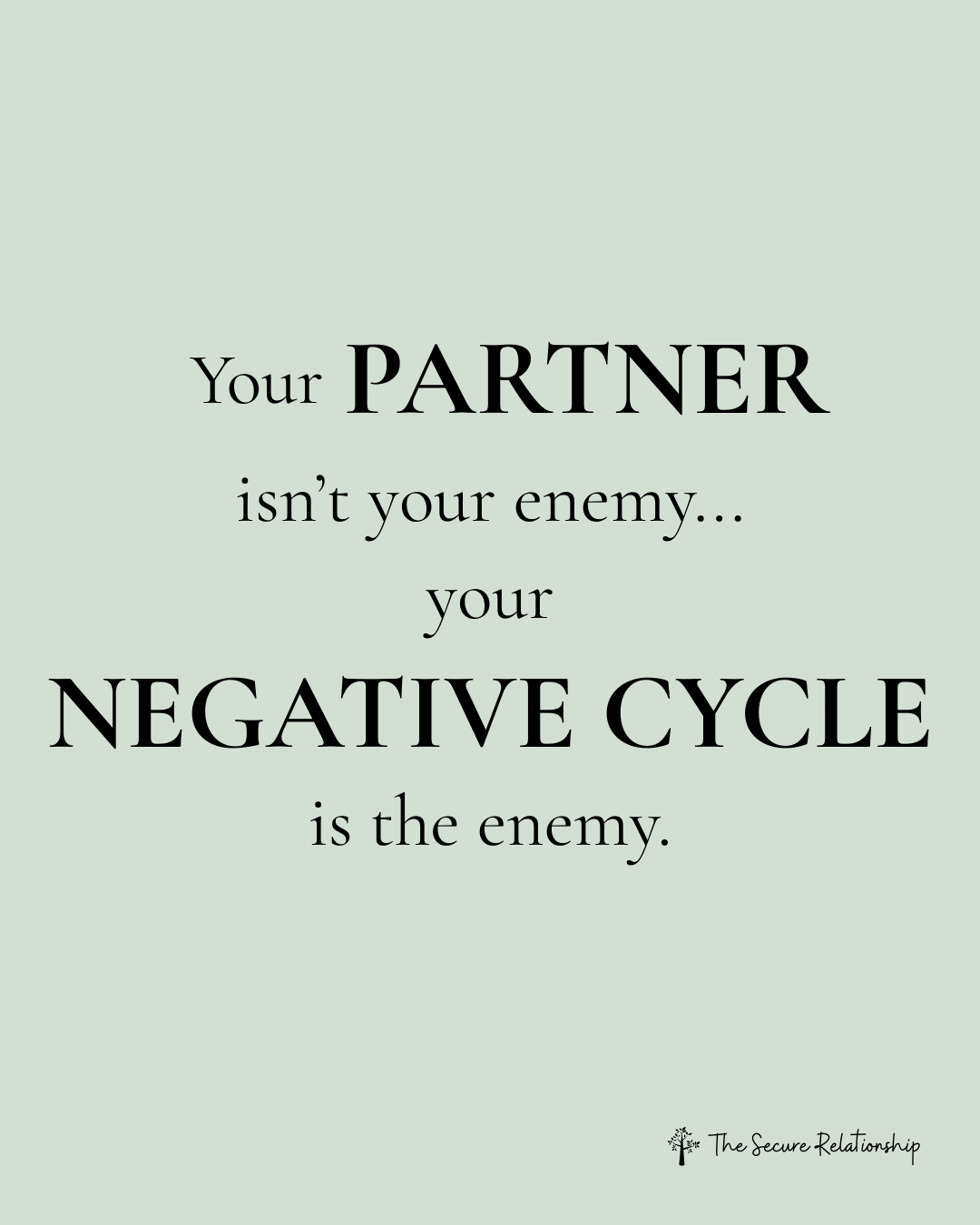What Is Vulnerability—and Why Does It Matter?
What Is Vulnerability—and Why Does It Matter?
Vulnerability means showing your real, whole self.
It’s sharing your feelings, thoughts, desires, and opinions—even when there’s a risk of being misunderstood or rejected.
It’s the only way to truly connect to another human being.
When you’re vulnerable, you’re not hiding behind perfection, performance, or people-pleasing. You’re showing up authentically—and that’s where true intimacy begins.
“Humans are attracted to each other’s rough edges.”
– Robert Glover
Why Vulnerability Feels So Hard
If vulnerability sounds terrifying, you’re not alone.
You may have learned early on that vulnerability was:
Shamed or punished
Ignored or dismissed
Overwhelming or chaotic (from seeing oversharing without boundaries)
In these cases, it makes sense that your body protects you by avoiding vulnerability altogether.
But Here’s the Truth:
Vulnerability is uncomfortable—but it’s survivable.
And when you learn to tolerate that discomfort, you stop needing to control, hide, or avoid.
You can start showing up as your full self.
That’s when relationships shift.
How to Practice Vulnerability
Vulnerability doesn’t have to be dramatic.
It’s often in the small, daily choices to show up honestly:
Sharing your fears and desires
Saying no when you mean it
Setting clear boundaries
Admitting you're bad (or good) at something
Speaking your opinion
Sharing that you feel unsure
Expressing insecurity or fear
Taking responsibility instead of blaming
Telling someone how much they mean to you
Naming when something they say or do makes you uncomfortable
Even saying, “I don’t know what I feel right now” can be a vulnerable act.
How to Stay Safe While Being Vulnerable
If you fear rejection or become easily overwhelmed, start small.
Try:
One act of vulnerability a day
Choosing lower-risk moments to practice
Using grounding tools like breathwork, journaling, movement, or support from a trusted friend
And remember: Rejection is not the same as emotional harm.
If someone ridicules, humiliates, or shames you for your vulnerability, they are not emotionally safe. It’s okay to protect yourself in those situations.
What Vulnerability Is NOT
Emotional Outbursts
Vulnerability isn’t venting without awareness or control.
It’s not demanding, blaming, or expecting others to “fix” your feelings.
Crying, yelling, or reacting doesn’t automatically mean you’re being vulnerable.
Vulnerability is about naming your experience and offering it to someone with self-awareness.
A Manipulation Tool
Real vulnerability is about creating space for connection—not forcing it.
If you’re being vulnerable to get something (sex, closeness, agreement, favors), it’s not true vulnerability.
True vulnerability is saying,
“Here’s who I am. I hope you can meet me here—but I’m okay even if you don’t.”
Vulnerability Takes Practice
Being vulnerable is a skill and an art form. It takes:
Risk
Emotional regulation
Trial and error
Courage
It gets easier over time. Eventually, it can become second nature.
And while vulnerability can’t guarantee connection, it’s the only way to create the conditions for it.
Support for Breaking the Cycle and Rebuilding Connection
Attachment 101 Course – Explore how early relationships shaped your comfort with vulnerability—and how to rewrite the script.
Understanding Shame Course – Learn how shame blocks vulnerability and how to move through it.
Relationship Coaching – Work one-on-one to build the tools needed for open, authentic connection.
Men’s Group – A supportive space to practice vulnerability, emotional language, and deeper connection.
“It feels better to use your authentic self to connect than it does to hide yourself just to be liked.”


Trying to control your environment—like keeping a spotless house—can sometimes be a way to manage inner anxiety caused by relationship disconnection. But when that strategy backfires, it can create more of the very disconnection you’re trying to avoid. This post explores how personal anxiety shows up in relationships, and how couples can break the cycle.